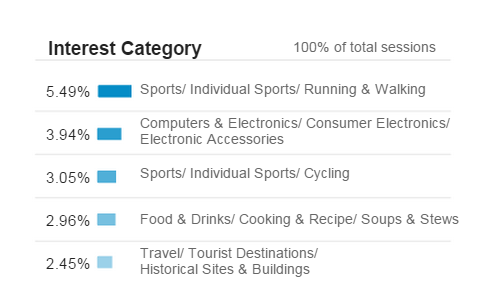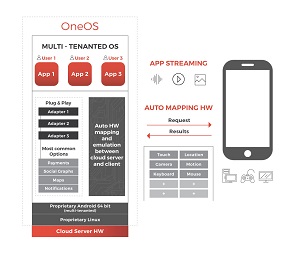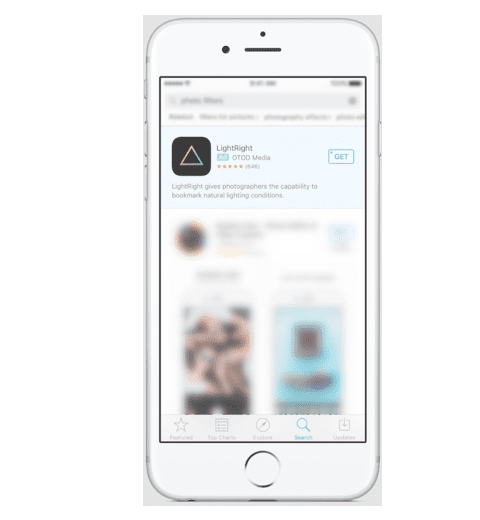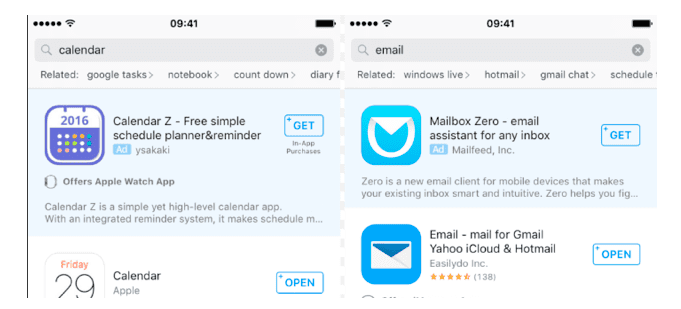e27.co
The art and science of a successful m-commerce app

Mobile commerce is a booming industry. eMarketer statistics find that m-commerce sales will be around US$242.08 billion in 2020. While there is big opportunity, you need to expect big competition, too. If you want to stand out from competitors, your platform needs to give your users an extraordinary experience.
Here are 10 things you will need to focus on.
1. Good use of visuals
Images are a great way to spice things up on your m-commerce app. Product photography is very important in convincing users about the qualities of a product. Remember that users are seeing the product on their device screens, and they have no way of using their tactile or other senses. Golfsmith, for instance, has found that a 36o-degree view of its products has increased conversion rates by at least 10 per cent. M-commerce platforms can even increase conversion by 30 to 40 per cent than product pages without good images.
It’s even better to go beyond photos. M-commerce platforms that feature short videos about the product can increase engagement, especially if these can help the buyer get a better idea of how to use the product. According to a survey of retail brands, increasing photo and video usage also increases average order value (AOV) and conversions.

2. Fast app and access speed
Most mobile users are impatient, so ensure that your app loads quickly. Users have a small screen to work with, which makes it frustrating if content loads slowly.
Mobile page speed increases user interaction and conversion rates, as well. According to a report by Soasta, mobile pages that load 1 second faster get 27 per cent higher chances of conversion. Meanwhile, according to Kissmetrics, 47 per cent of mobile users expect a page to load within 2 seconds; otherwise, 40 per cent say they will abandon mobile content that does not load past the 3 second mark.
You can use load testing tools like Pingdom, or compare your app or mobile website load speeds with competitors’, so you know if you need to optimise further. You can do this by minimising design elements and optimising your infrastructure for fast loading times, especially on mobile devices and slow internet connections.
3. Top-notch security
Website hacks and attacks are on the rise, and it is also not difficult for mobile platforms to be attacked. Any security breach — especially one that can potentially be used to steal customer data — can result in a decline in trust when it comes to your brand. According to a Vanson Bourne survey, 33 per cent of users are more likely to spend more in m-commerce platforms if they find the app secure.
4. Audience targeting
Success in online commerce means you are getting the right kind of traffic from the right source. Determine the right strategy to increase engagement. Find out what kind of content your audience wants, how to market it, and how to target the right audiences in the first place.
This also includes frequency of publishing new content, as well as targeting the right demographic — age, sex, geography — plus other factors like interests, social networks and the like. You will need to use data on your target market’s interest to your advantage.

5. Optimising social media reach
Social media can be a huge source of traffic. If done right, you can build a solid following through social media channels, although you will need to optimise your content strategy for the different networks, like Facebook, Pinterest, and the like.
According to an IAB survey, 60 per cent of mobile purchasers who really want to buy look for new products and services on social media first. Over 33 per cent of m-commerce customers share their shopping experience on social media.
Here’s a tip: Whenever you start pushing content on social media, make sure to target it at the right audiences, use the right timing, and utilise relevant and timely content.
6. Optimising UX
A well-designed mobile app plays a vital role in converting audiences into customers. First impressions last, and one thing you can learn from your competitors is how well they design their mobile app.
Don’t just count on a mobile version of your e-commerce website, either. According to eMarketer, 86 per cent of m-commerce app users share their experience, while only 14 per cent of mobile website users are similarly engaged.
Thus, it pays to go beyond designing your app as a mere minification of your desktop version. Make a purpose-built app that should deliver a better user experience. Users don’t like to buy or sell using an app that is cluttered and confusing. If your app has too many features or modules, then you will need to reduce it to the necessities, and provide handy guides so that users will be able to take advantage of the features. Navigation should be convenient and not confusing.

According to Appboy, the first impression of your app is 94 per cent design-related. Hence you have only one chance to impress your target audience. Don’t miss it!
7. Convenient payment options
For any commerce-focused app, payments should be a priority, as it is one way through which you can build trust and confidence among customers. Reputable e-commerce and m-commerce spend significant effort in ensuring a secure and fast payment process for customers.
You can also deploy multiple payment options, to cater to customers of all kinds. As per the survey by IAB, 40 per cent of mobile web purchasers use credit cards. Thirty-seven per cent use online payment services, while 25 per cent pay through a mobile app. Thus, it pays to offer choice!
8. Mobile-first (or mobile-only) approach
Beyond e-commerce, you can opt for a mobile-first or mobile-only approach. According to Criteo, 34 per cent buyers prefer buying or selling their goods through a mobile application, so you can perhaps skip the website and go directly to building a mobile platform. Myntra, for one, has decided to shut down its website and go mobile-only. It reasoned that 90 per cent of traffic comes from mobile devices.
9. Fly high with analytics
Just like a website you need to keep track of how many customers are downloading your app, what activities they do while they are using it, and what parts of your app are the most popular, in terms of engagement. You can deploy A/B testing, customer segmentation, retargeting, and even use marketing automation, in order to increase leads, conversions and return customers within your app.
You can also keep users engaged outside of your app through push notifications, reminders, and other features that can help them find them find the best deals, for instance.
10. Incentives and solid customer support
Incentives can be a good way to attract people into downloading and using your app. According to an eMarketer forecast, 87.4 per cent mobile users are likely to redeem coupons this year — a consistent growth from previous years.

It’s not enough to attract new users, though. You will need to provide solid support to existing or even new customers who may have valid concerns. This increases customers’ trust, satisfaction and loyalty. As per a Bain survey, increasing retention rate of 5 per cent will lift up your business profit over 25 per cent.
The takeaway
Mobile native apps are an effective way to build customer loyalty because they engage customers in an interactive manner on a regular basis. Success in m-commerce will require effort on your part, though, in ensuring the right targeting, adequate engagement, and the right use of data, among others.











